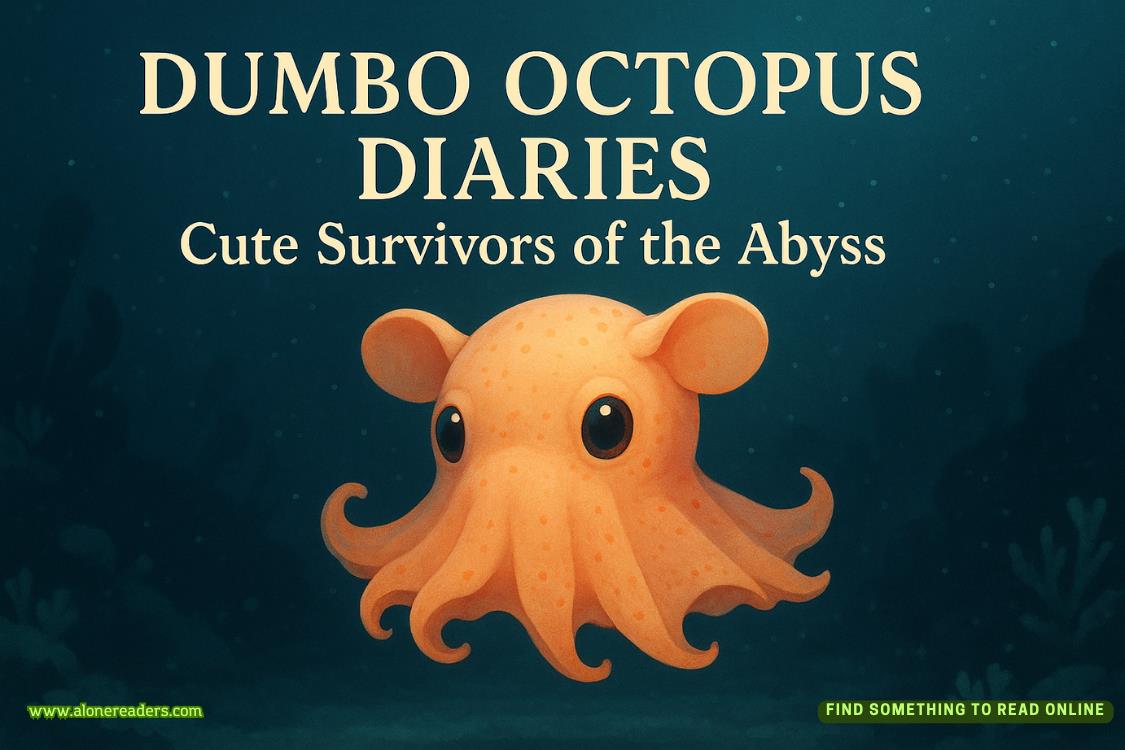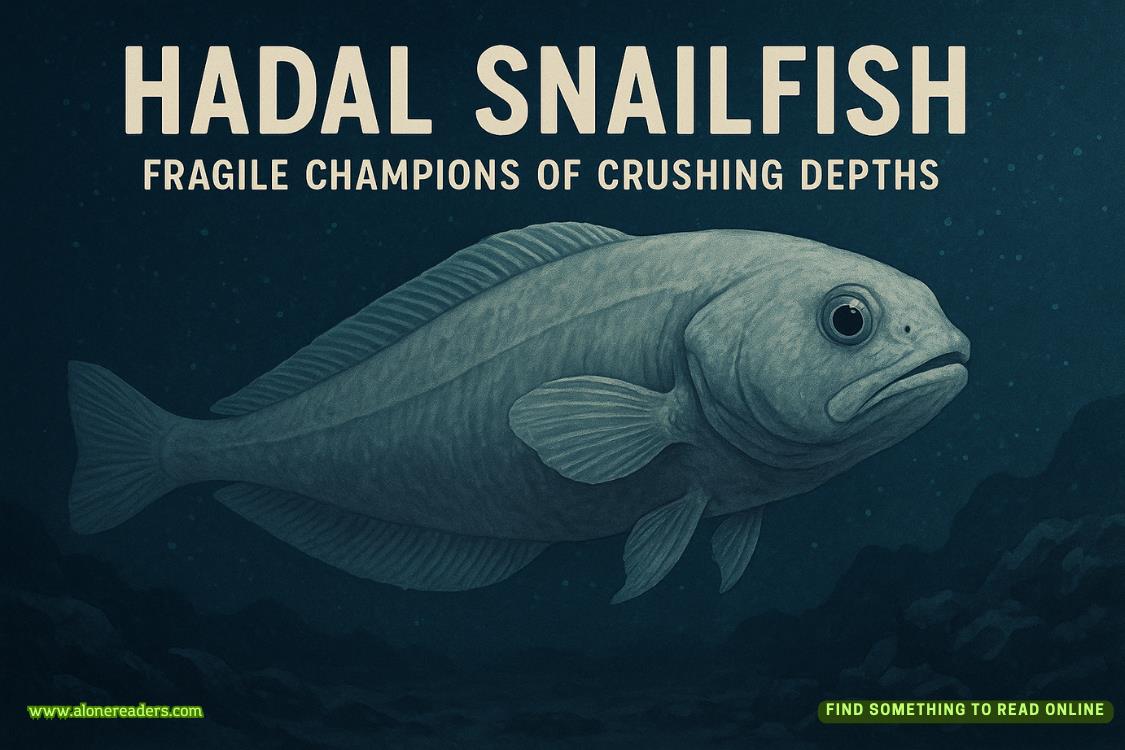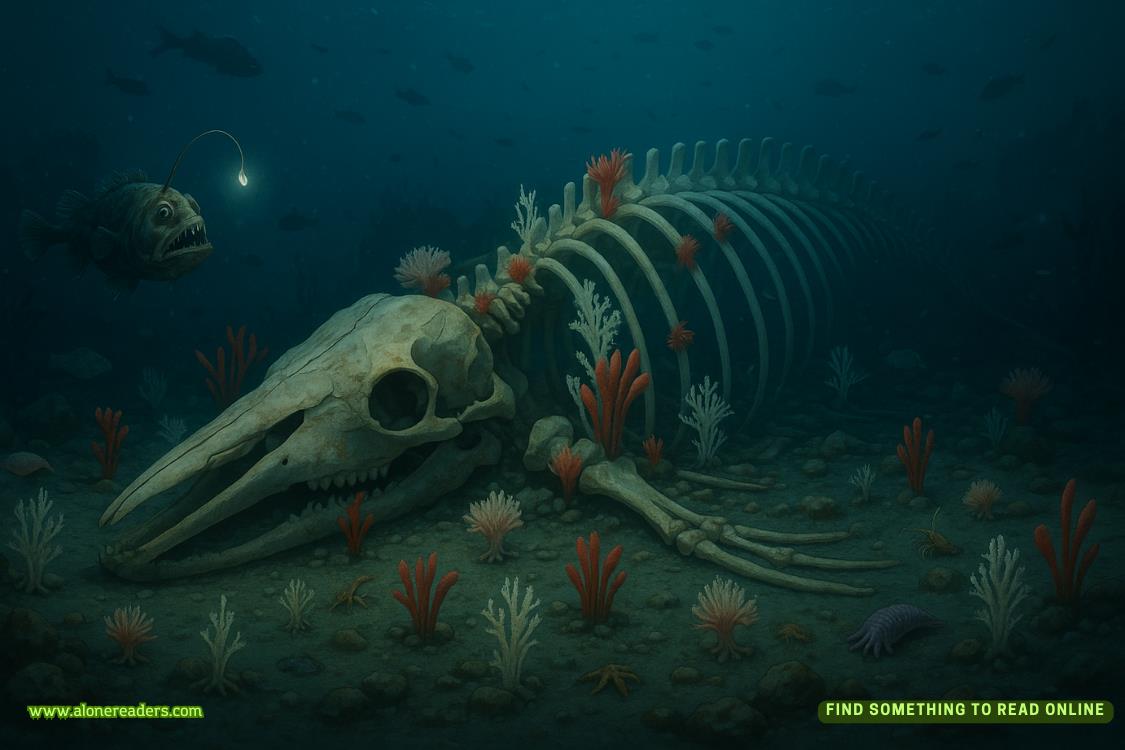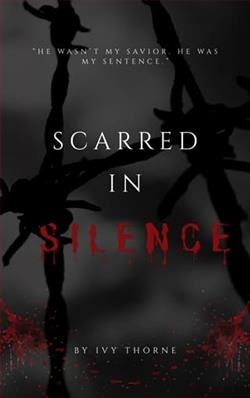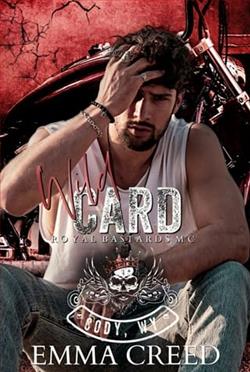Page 23 of Give the Dark My Love
“Move it along,” Master Ostrum bellowed from the large mahogany doors that led into the hospital. We rushed to join the other students filing in.
The hospital’s foyer was just as beautiful as the outside, with marble floors, ornately trimmed windows, and an iron spiral staircase leading up into the clock tower. Against one wall hung an enormous painting of a man, his wife and son at his side. The woman’s hand was amputated at the left wrist, and the man held the residual limb reverently.
Bennum Wellebourne.
His statue at Yugen had been destroyed, but Lunar Island could never truly escape his legacy. He had funded the building of the quarantine hospital himself, and despite his treason, the hospital still presented his family portrait proudly. People had to pay for better care at the Governor’s Hospital, and Whitesides was only available to factory workers who paid fees, so Wellebourne built this hospital and mandated that it be available to all, free of charge.
Master Ostrum led the class to Amphitheater C. Chairs with small desks attached to the armrests waited for us, all empty. Nedra and I sat in the front row, our feet on the surgery stage floor. A giant mirror hung from the ceiling over an operating table. Nedra leaned back in her chair, but she was still close to me, closer than she needed to be. I let my knee touch hers, and she didn’t pull away.
An air of excitement settled over the room as the rest of the students claimed their seats and waited for whatever operation Master Ostrum would be demonstrating for us. The clock struck the hour,the sound resonating throughout the hospital, and two aides wheeled in a gurney, positioning the patient beneath the mirror and in front of Master Ostrum.
I felt Nedra tense. Her eyes were glued to the body of the young girl on the metal gurney.
Master Ostrum picked up a scalpel, the silver gleaming under the bright lights.
ELEVEN
Nedra
“When dealing witha patient, first assess the symptoms.” Master Ostrum’s voice cut across the room.
I took a deep breath and let it out slowly. I couldn’t let emotions cloud my judgment. The patient was a girl a few years my junior, maybe thirteen or fourteen. Her skin was the same olive tone as mine, but it looked oddly grayed and shiny, as if someone had poured a thin layer of wax over her face. Her sleek black hair had been hastily cut. Her eyes were closed, and she gave no indication of waking anytime soon. Before anyone could attempt to give a diagnosis, Master Ostrum lifted away the white cloth covering the girl’s body.
Master Ostrum wheeled the gurney around, showing us the girl’s left leg. Her skin was inky black from the base of her heel to just above her ankle, with dark lines snaking up her leg like rivulets, and they didn’t fade until just above the knee. Her foot was withered, the toes twisting oddly, as if they’d spasmed and then frozen.
“Can anyone tell me what this girl’s illness is?” Master Ostrum asked, his eyes skimming the students in the amphitheater seats.
No one answered.
“It’s the Wasting Death.” My voice rang out across the silent room, and I felt all eyes turn to me. “And it’s a plague.”
“It’s not aplague.” Tomus sat several seats behind me, but I knew his voice without turning.
“She’s right.” Master Ostrum spoke calmly but with authority. “It is. As we speak, the governor is composing an address on the topic. By the time we’re back at Yugen, it should be in all the news sheets.”
The rest of the students seemed shocked, but I felt relief.Finally. The official designation would help others see the threat we already knew in the north.
Master Ostrum looked down at the patient dispassionately. “Scientifically, it’s a disease that’s possibly both pneumonic and septicemic, and we’ve been unable to identify the specific strain of pathogen.” He turned to the rest of the class. “We’ve not been able to determine how the disease is transferred, but it spreads most often in tightly quartered areas, like the factories in Blackdocks, and it spreads quickly among the poor.”
“Maybe it has something to do with hygiene,” a girl near the back said.
“Or just bad blood.” Tomus’s voice was a sneer. I could feel his eyes watching me.
“We have ruled out both those causes,” Master Ostrum said. His voice was neutral, but my blood boiled. “It is neither a result of unclean conditions—although such conditions certainly don’t help—nor something inherited through bloodlines.”
“Maybe it came from the mainland,” Salis, the girl who led the history study group, said. “There were a lot of visitors for the governor’s inauguration, to say nothing of the mercantile ships.”
I shook my head. “The disease was here before the inauguration.”
“No one askedyou,” a voice behind me sneered in a whisper. I turned to see who’d spoken, but all the students behind me stared blandly at Master Ostrum.
Master Ostrum continued his lecture. “This illness has proven difficult to study. It’s not easy to catch it when it first strikes. Patients feelachy, often with a fever and a headache. Common enough symptoms; everything from spotted fever to a regular cold starts this way. Soon, however, digits exhibit signs of necrosis.” Master Ostrum indicated the girl’s toes. “The disease seems to spread out from a certain point. No patient has lived long when the blackness starts in the torso, but some have survived when the disease starts in a hand or foot.”
I felt tension coiling in my stomach, like a snake weaving through my intestines.
“This is Cyntha. She’s from the Simmina factory in Blackdocks, one of the few who worked there and is still alive. We’ve not yet traced a source or a way to combat the symptoms, but I think you, our brightest students, can surmise what experimental surgery we’re going to perform today.”
I stared at the sick girl, my eyes roving over her body. Her foot was blackened. Necrosis, Master Ostrum had said. The flesh was dead.
